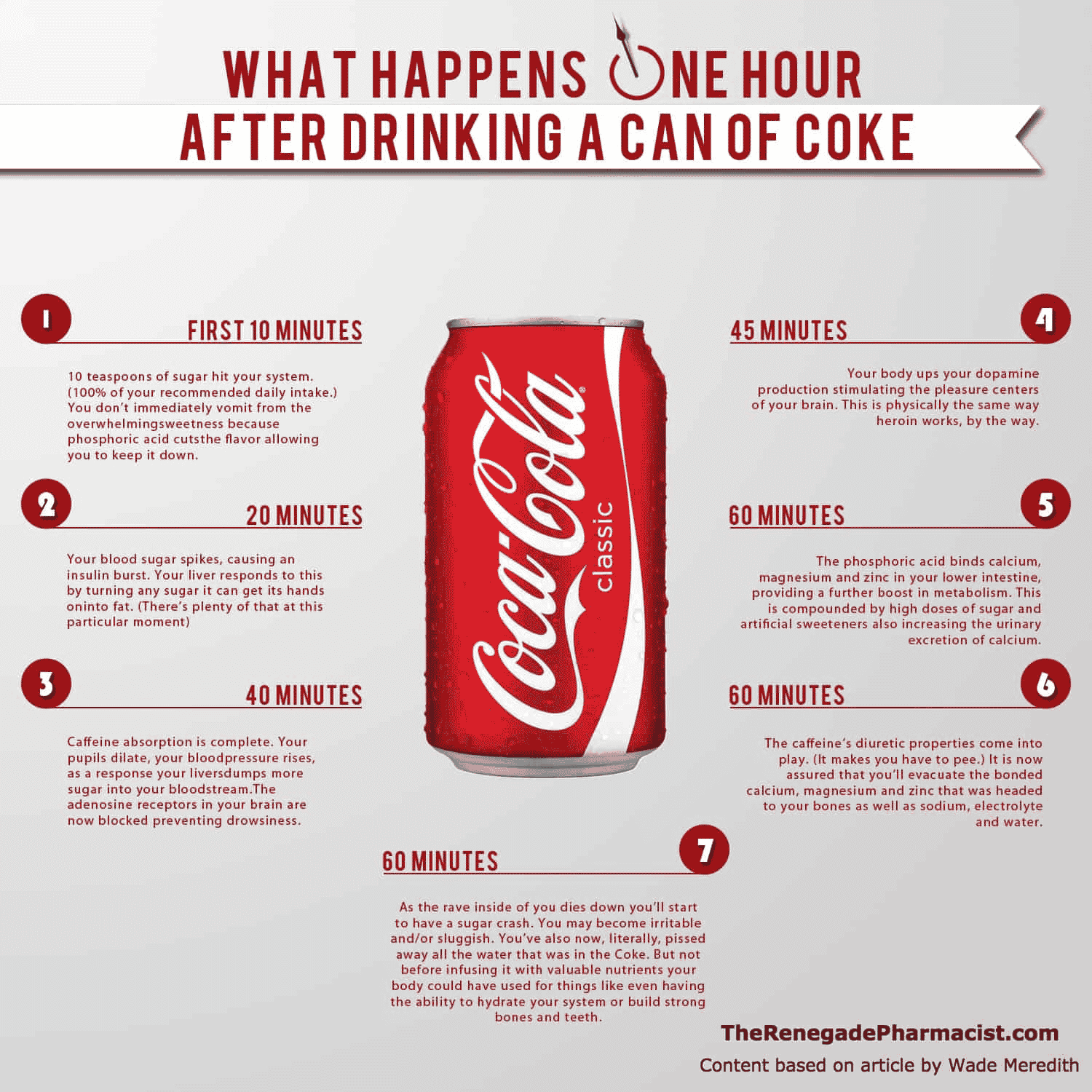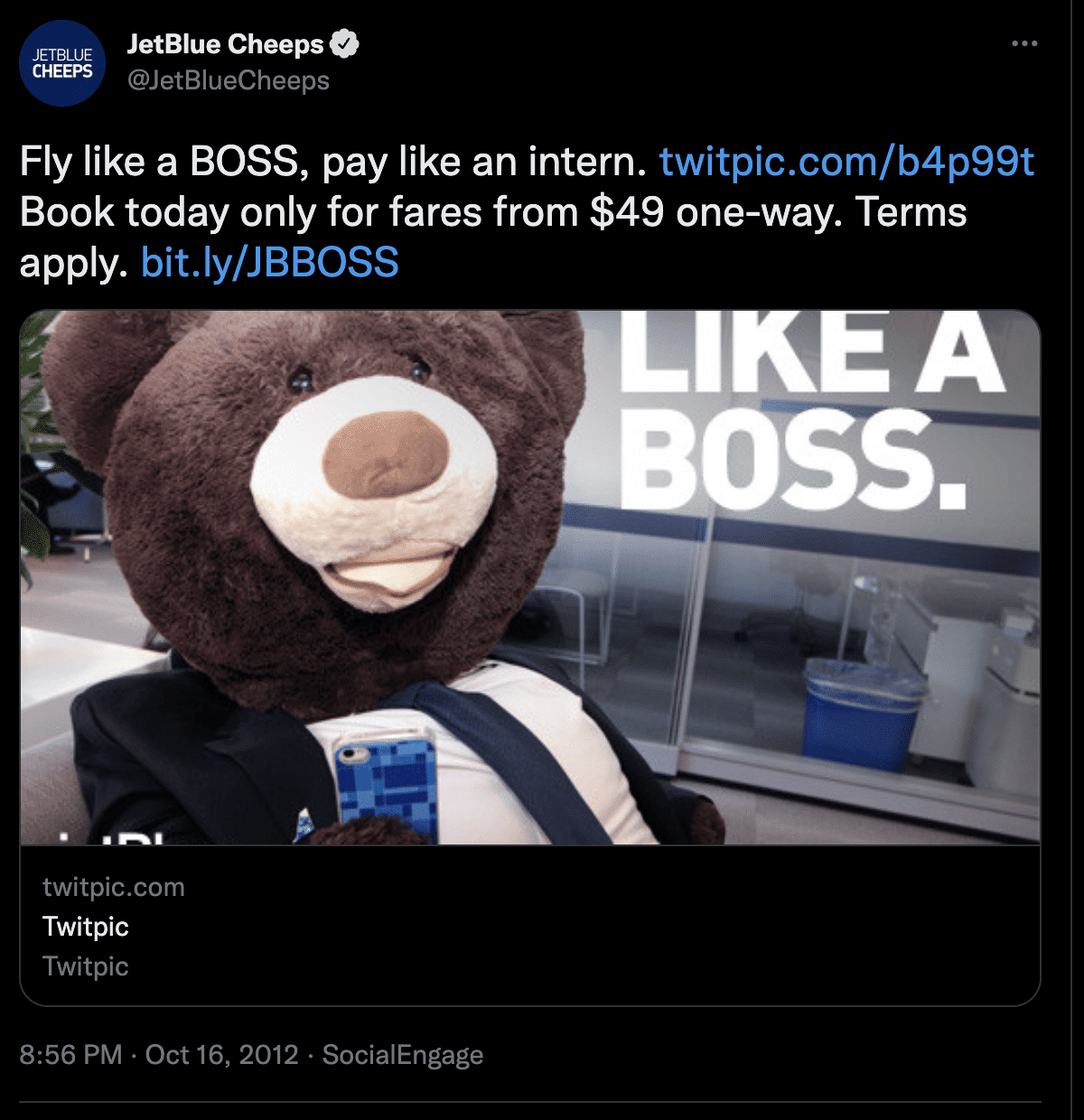Content marketing is hard. Unlike traditional pay-per-click advertising, the returns on investments with organic content marketing aren’t easily calculated. It may even take 6-12 months before your brand’s organic content ranks on search engines, finds customers, and converts to direct sales of products and services.
So why invest in content marketing at all?
Content marketing is about creating awareness, relationships, and long-term value for your e-commerce brand.
Take for example Semrush’s content blog. If you’ve ever searched for anything remotely digital marketing or SEO-related, chances are you’ve stumbled upon a piece of content from Semrush, which offers SEO analysis software. Semrush’s organic search traffic is responsible for generating ~3 million visitors to its website, making them the market leader for SEO tools with 9% market share.
You may not be in the market for SEO tools today, but you definitely will have been exposed to Semrush via the 215,000 digital marketing-related keywords they rank for. This is the power of organic search. It builds trust and broad awareness for your brand, so when consumers are ready to purchase, they will have you top of mind. Likewise, even if customers aren’t ready to purchase from you after discovering your content, it’s likely that they will recommend your products to friends if they trust your content.
But does content marketing drive conversions?
According to Acumind’s conversion rate study of SEO vs. PPC, organic search content beats out paid ads in conversions by a factor of 185% across all industries. SEO and content marketing helps your traffic grow and compound indefinitely without being limited by your marketing budget.
If you stop paying for Facebook ads, you stop getting traffic and conversions from Facebook ads. One good piece of content, however, can generate traffic for you indefinitely and may even grow exponentially over time as you climb the ranks. So what are some actionable strategies for e-commerce content marketing your brand can implement immediately?
Let’s get started.
1. Create a Resource and Content Hub for your Brand
Like the Semrush example above, you should start by building out a content hub for your brand. Ideally, this means writing blogs and articles and creating shareable content that genuinely informs or entertains anyone remotely interested in the industry your products fall under.
Thanks to Google’s Panda and helpful content update, you really don’t need to game the system by stuffing keywords or employing shoddy linking strategies. While “helpful content” is subjective, focus on content that you know your customers will love or will share with others. For example, take a look at the viral infographic below from the Renegade Pharmacist, which helps users find natural remedies (i.e. sells supplements) to common ailments.
Even though “what happens one hour after drinking coke” doesn’t relate to their core business of selling natural supplements, the Renegade Pharmacist’s infographic went viral. This viral content generated thousands of backlinks which helped build the site’s domain authority, allowing the Renegade Pharmacist to rank for hundreds of keywords. Our advice for content creation is to focus not just directly on your core products, but focus on creating content for at least 5-10 broadly related topics (or pillars) you can create an infinite number of topics/content for easily.
In addition to blogs and articles, create long-form content such as how-to guides, FAQs, case studies, or other things which fall under your brand’s content pillars.
2. Repurpose your Content
You’ve invested a lot of time in creating that shareable content, why not repurpose it? Our advice is to start by creating a single long-form content on your owned website such as a long article, guide, or blog.
From that one piece of longer content, repurpose it into shorter quizzes, shareable quotes, or viral infographics that can be easily re-distributed on social media sites. This will save you a lot of time from spending countless hours thinking up novel content for every channel.
3. Create Videos for YouTube and TikTok
Video is the future of search. Youtube is already the world’s number two search engine. Likewise, Tiktok is increasingly becoming the new search engine for Gen Z and Millennials. You want to create content where people are likely to be searching for information or entertainment. There’s a reason why all these platforms have created more and more robust features for video.
Youtube now analyzes videos and automatically adds chapters to help users quickly search through videos. Redbull, for example, has a Youtube channel with over 10.7 million subscribers with mostly video content indirectly (or perhaps directly?) related to their products such as high-adrenaline sports, travel, and music.
However, you don’t need a fancy marketing budget to make good video content. Take a look at Duolingo’s Tiktok channel (4.9 million followers) for intern-created, low-budget, humorous, and meme-worthy video marketing examples.
4. Jump on the (Brand-friendly) Trends and Filters
YouTube and Tiktok reward creators (including brands) that use their newest and greatest tools with greater engagement. For example, Youtube shorts are pushed out regularly by the Youtube algorithm. Tiktok pushes out content that regularly makes use of its newest augmented reality filters.
Ryanair’s Tiktok (1.8 million subscribers) regularly capitalizes on this. Half the videos on theri channel make use of the viral Tiktok “I’m Lost” AR filter, which superimposes a face onto their airplanes to comedic effect.
5. Identify your Target Audience
Another helpful content marketing strategy is to create buyer personas for 3-5 of your ideal customers. This is helpful not only for you to focus your marketing and creative efforts, but is also helpful when outsourcing work.
For example, if you work with an agency, affiliates, freelancers, or influencers to create or promote your content and products, it’s incredibly helpful to share with these creators your brand’s buyer persona. Can you guess whether cash-strapped interns are one of Jetblue’s buyer personas from the tweet below?
6. Create a Content Calendar
Once you start churning out the content, it’ll become pretty overwhelming to keep track of all your media, creatives, assets, channels, tasks, deadlines, writers, etc.
Airtable is a great tool to manage all your assets and content via calendars and “kanban boards.” It allows you to organize and visualize all your information and content into databases that resemble Excel on steroids. Another similar tool is Monday.com, which is great for tracking your content production and deadlines across teams.
7. Automate and Batch Create your Content Postings
The great thing about using new tools like Monday.com or Airtable to manage your content calendar is that you can write, attach images or videos, plan out, and even automatically schedule your content postings on social media directly on those platforms.
Instagram, for example, has optimal times for you to release your content for maximum engagement. Automating helps you time your content perfectly without sitting and waiting around to click post.
We also recommend batching your content – that is, instead of jumping from new topic to new topic, plan on creating at least 3-5 pieces of content around a single topic.
Create all your social media captions, graphics, and content for multiple posts for the week together. This will help you save your creative brain power for actually running your business.
8. Leverage unusual Content Collaborations for Viral Content
Another content marketing strategy we recommend is creating unusual brand collaborations. For example, Forever 21’s collaboration with Cheetos to create orange-colored makeup was a viral hit, even garnering a free 15 million views and 507,000 likes when it was reviewed organically by makeup Youtuber Jeffree Star.
For other content collaboration examples, take a look at Lego, which has collaborated with brands like Nintendo, Levi’s, and Adidas to take its content marketing strategy to the next level.
Final Thoughts
Content marketing is not easy and often involves taking risks. Sometimes the risks pay off immediately, and sometimes it may take months or years before those organic searches start generating traffic in high volume.
Regardless of what stage your brand is on the organic content marketing journey, it’s important that you have a strategy to begin with – whether that’s blog writing or video creation.
After all, content marketing will prove its worth in the long-run with higher returns on investments than paid ads. Moreover, it’ll give your brand a personality and something else for users to relate and interact with than just the products you sell. It’s a great way to cast your marketing funnel as wide as possible, which ultimately should lead to more engaged and buying customers in the long-run.





